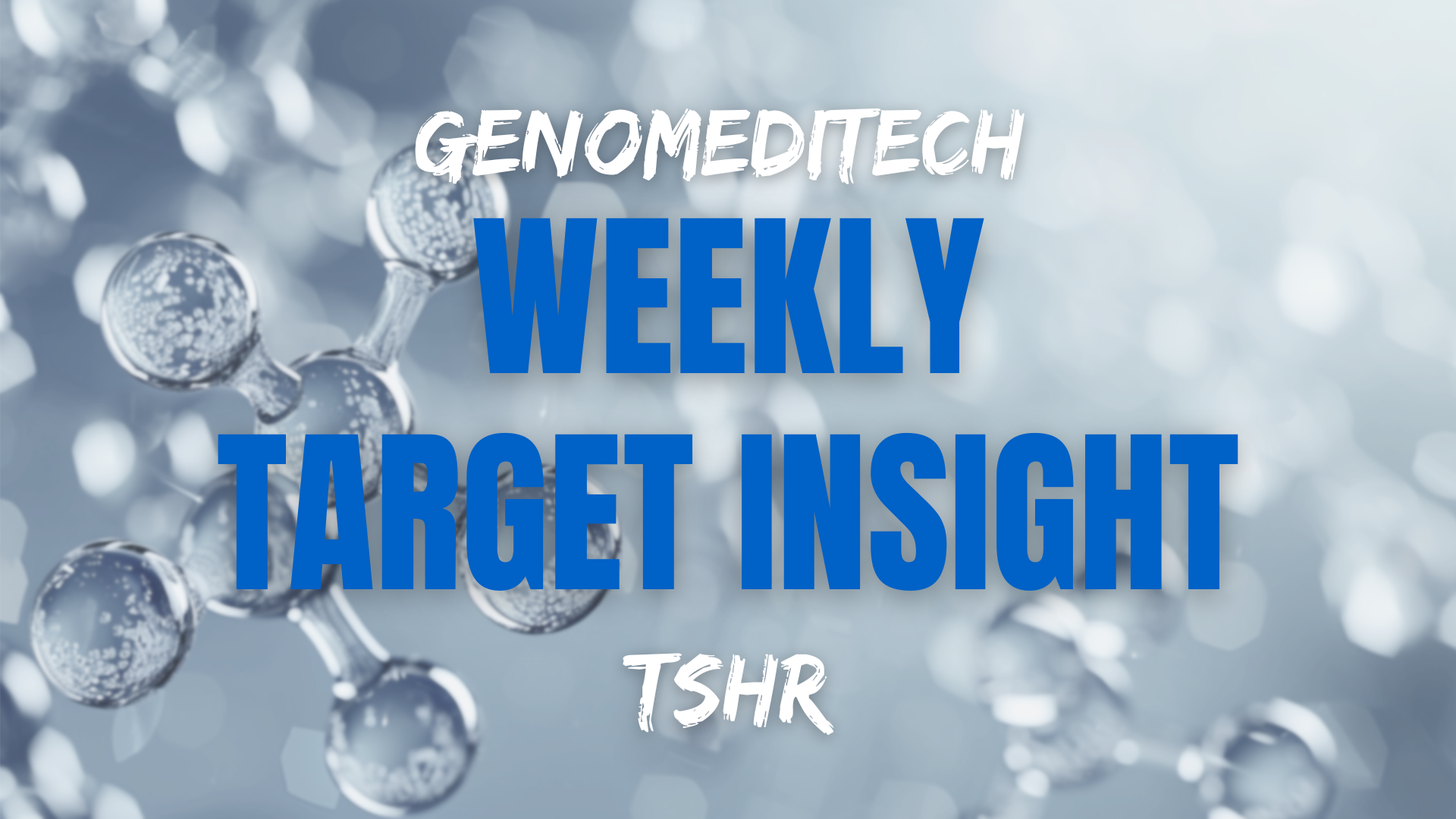2552 Improved Health-Related quality of Life (HRQoL) with Oral Bruton Tyrosine Kinase Inhibitor (BTKi) Rilzabrutinib Vs Placebo in Adults with Previously Treated Immune Thrombocytopenia (ITP): Phase 3 Luna 3 Multicenter Study
Methods: Adults ≥18 y and pediatric patients 10–<18 y with previously treated primary persistent/chronic ITP for >3 mo and platelet counts <30×109/L within 2 weeks of treatment were enrolled. Patients were randomized 2:1 to oral rilzabrutinib 400 mg bid or placebo for up to 24 weeks (double-blind), with subsequent open-label/long-term extension periods. The primary endpoint was durable platelet response: platelet counts ≥50×109/L for ≥8 of the last 12 weeks of the 24-week blinded period without rescue therapy. HRQoL was measured using the ITP-PAQ (scores 0 worst to 100 best). Change from baseline in ITP-PAQ item 10 (physical fatigue) at week 13, a key secondary endpoint, was measured in all patients and among responders/non-responders. Anchor-based psychometric analyses from LUNA 3 blinded data determined between-group meaningful score difference (MSD) thresholds for ITP-PAQ item 10 (physical fatigue) using change from baseline data to weeks 13 and 25. Between-group mean change scores and mixed-models for repeated measures (MMRMs) were used to estimate between-group MSD threshold range of 8-18. HRQoL was assessed with exploratory endpoint EQ-5D-5L + EQ-VAS.
Results: As of March 14, 2024, 202 adults were randomized to either rilzabrutinib (n=133) or placebo (n=69). Durable response was met in 31 (23%) rilzabrutinib vs 0 placebo patients (P<0.0001). Mean (SD) baseline ITP-PAQ scores for physical fatigue were 52.5 (31.3) for rilzabrutinib and 54.7 (29.5) for placebo. Physical fatigue showed statistically significant and clinically meaningful improvement from baseline at week 13 with a least squares (LS) mean change (SE) of 8.0 (2.1) with rilzabrutinib vs –0.1 (2.9) for placebo (LS mean difference 8.1, P=0.01), and at week 25 with a LS mean change (SE) of 4.7 (2.3) for rilzabrutinib vs –7.3 (3.0) for placebo (LS mean difference 12.0, P=0.0003). Among 30 evaluable rilzabrutinib patients achieving durable response, physical fatigue score improved with mean changes (SD) from baseline at weeks 13 and 25 of 17.5 (24.7) and 15.8 (27.5), respectively. Interestingly, non-durable responders to rilzabrutinib also showed improvement in physical fatigue, with mean changes (SD) from baseline at weeks 13 and 25 of 7.2 (23.8; n=87) and 7.5 (21.9; n=30), respectively.
ITP-PAQ domains showing improvements in rilzabrutinib vs placebo, respectively, in mean changes from baseline at week 25 included psychological health (11.9 vs –1.0), overall HRQoL (10.6 vs 2.3), symptoms (10.3 vs 2.1), bother-physical health (10.0 vs –4.7), social activity (9.4 vs 1.3), fatigue/sleep (9.3 vs –5.0) and activity (10.0 vs –1.3). Numerical increases were also observed for rilzabrutinib vs placebo in mean changes from baseline to week 25 in all other ITP-PAQ domains: fear (7.8 vs –5.0), women’s reproductive health (5.8 vs –16.7), and work (4.9 vs 3.8).
Improvements in fatigue with rilzabrutinib were associated with improvements in health status (per EQ-VAS) at weeks 13 and 25. Mean (SD) baseline EQ-VAS scores were similar for rilzabrutinib (71.7 [18.9]) and placebo (70.2 [21.9]). At week 13, mean (SD) change from baseline in the rilzabrutinib group was 3.4 (12.6) and with placebo was –2.0 (14.5). Similarly, week 25 mean (SD) change from baseline was 5.2 (13.2) with rilzabrutinib (indicating continued improvement) vs –3.2 (10.0) with placebo.
Conclusion: Statistically significant and clinically meaningful improvement in physical fatigue was observed at weeks 13 and 25 with rilzabrutinib vs placebo, with improvements also seen in both durable and non-durable responders and other disease-specific HRQoL endpoints, indicative of potential multiple modalities of action. These HRQoL results provide additional evidence of rilzabrutinib’s effects beyond increased platelet counts and reduced bleeding in previously treated adults with ITP.
Rilzabrutinib is an orally bioavailable reversible covalent inhibitor of Bruton's tyrosine kinase (BTK), with potential immunomodulatory and anti-inflammatory activities. Learn more about our BTK catalog.
















